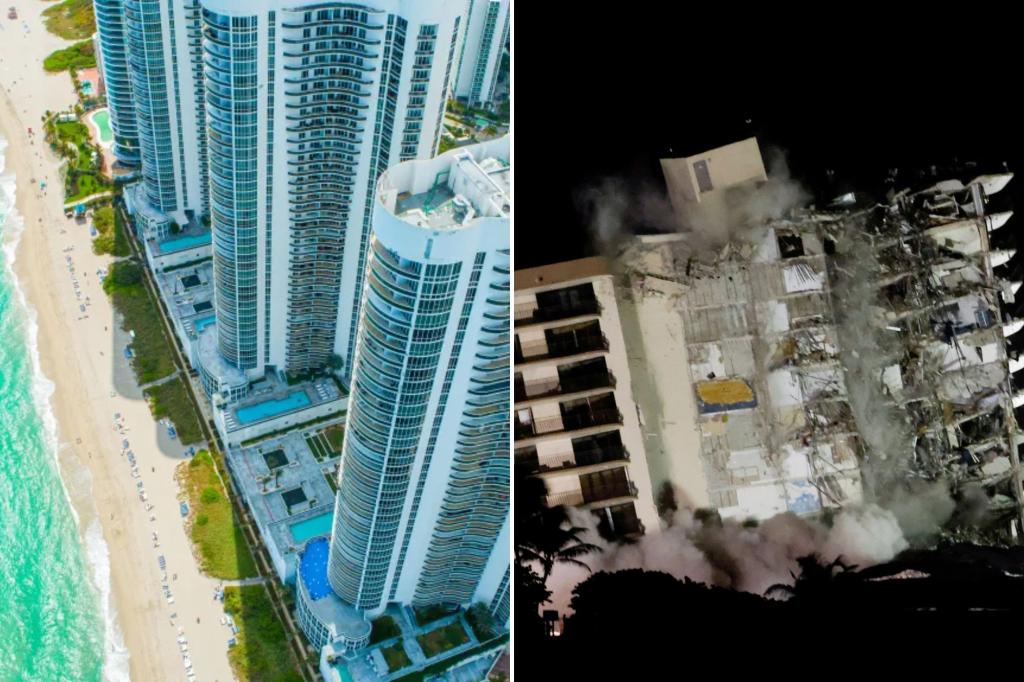Condo Crisis in South Florida: Rising HOA Fees and Increased Listings
A significant condo crisis is unfolding across South Florida, driven by escalating Homeowners Association (HOA) costs and new legislative measures aimed at enhancing building safety. Recent reports indicate a dramatic increase in condo listings, as property owners react to the financial strain caused by soaring fees and mandatory repairs.
Overview of the Situation
Rapid Increase in Condo Listings
The active condo listings across Miami-Dade, Broward, and Palm Beach counties have seen nearly a threefold increase within just one year. The shift reflects how condominium owners are struggling with the financial demands of skyrocketing HOA fees, which have surged by approximately 60% over the past five years.
-
Miami-Dade County:
- Median Monthly HOA Fee: Increased from $567 in 2019 to $900 in 2023.
- Broward County:
- HOA Fees: Rose from $392 in 2019 to $613 in 2023.
Ingrid Vassell, a condo owner from Plantation, voiced a common concern, stating, “I don’t know how I’m going to stay here if things keep going up.”
Introduction of New Regulations
In response to the tragic Champlain Towers South collapse in June 2021, which resulted in the deaths of 98 residents, Florida enacted a law mandating condo boards to maintain adequate reserve funds for essential repairs. Key components of the legislation include:
- Regular Reserve Studies: Conducted every 10 years to assess necessary funds.
- Timely Repairs: If structural issues are identified, repairs must commence within a year of the inspection report.
This legislation represents a robust attempt to address the safety of aging structures while exacerbating financial burdens on existing property owners.
The Impact of Rising Costs
Pressures from Rising HOA Fees
The increasing HOA fees are exacerbated by additional costs related to building upkeep and insurance premiums, which are climbing in the wake of more frequent and intense storms. These costs leave many condo owners feeling overwhelmed:
- Annual HOA Increases: Many homeowners report rising fees, contributing to the decision to list their properties for sale.
- Assessment Fees: Special assessments for maintenance and repairs further strain finances.
Filippo Incorvaia, a Miami-based real estate broker, stated, “The migration away from older buildings is very real, and costs have become unfathomable for many.” He emphasized the long-term implications of structural safety assessments on property values.
Increased Market Activity
In the second quarter of this year, there were 20,293 active condo listings across South Florida, marking a significant increase from just 8,497 listings in the first quarter of the previous year, according to data from ISG World.
Looking Forward: Opportunities for Homeowners
While current conditions present challenges, there is a silver lining: new condo developments are rising, which could alleviate some of the pressure on older buildings. These new structures are more compliant with modern codes, reducing maintenance surprises for new owners.
Benefits of New Developments
- Improved Financial Stability: New buildings often follow stricter compliance, leading to fewer unforeseen costs.
- Enhanced Safety Features: New construction typically includes updated safety features that older buildings may lack.
Incrovaia added, “Financials are more orderly and code is followed more diligently, resulting in a safer end product.”
Conclusion
The South Florida condo crisis illuminates the broader challenges of maintaining aging structures amidst rising costs. As legislation aims to enhance safety standards and many homeowners reevaluate their investments, the condo market may see continued shifts. Understanding these trends is essential for both current and prospective condo owners navigating this complex landscape.
For more information on condo regulations and market trends, visit Florida Legislature and National Association of Realtors.


